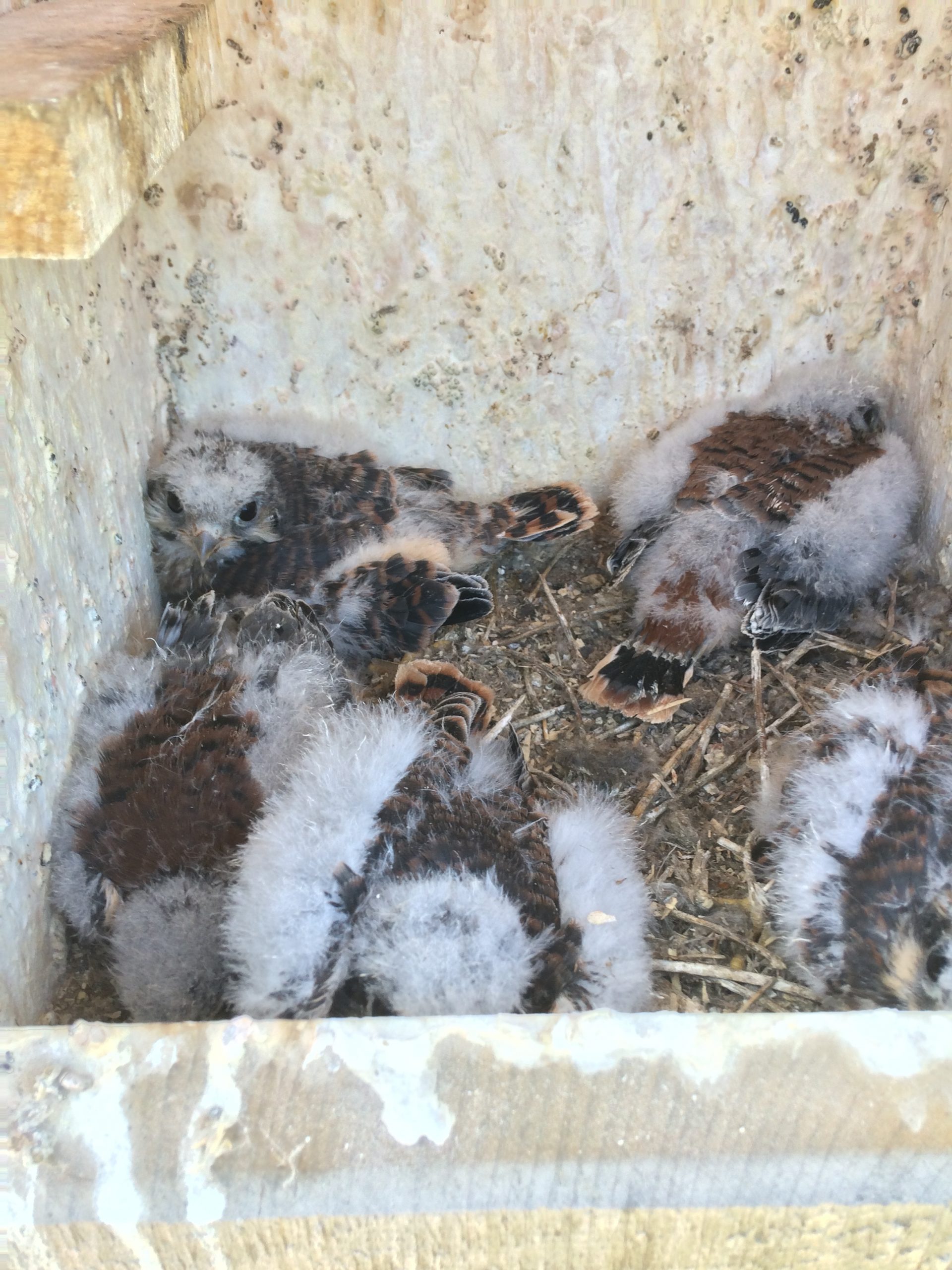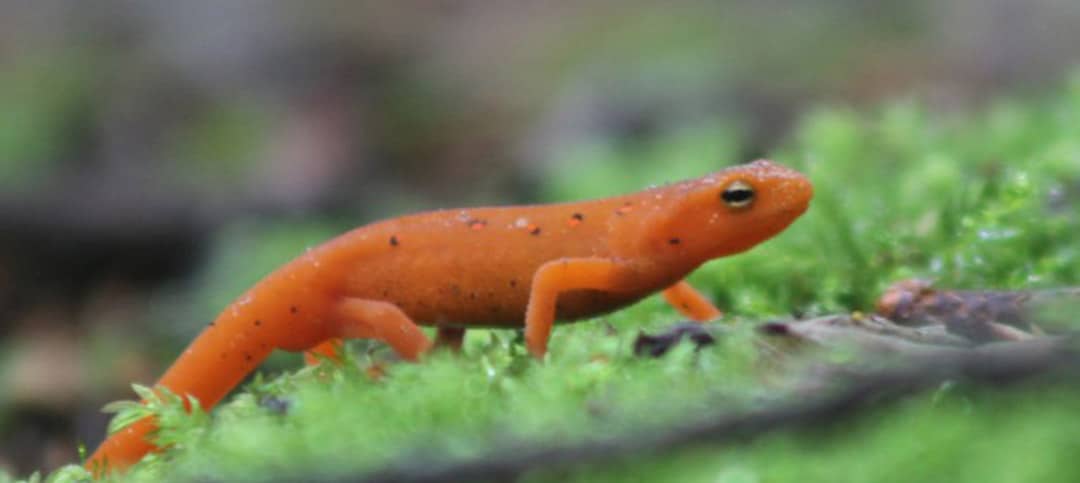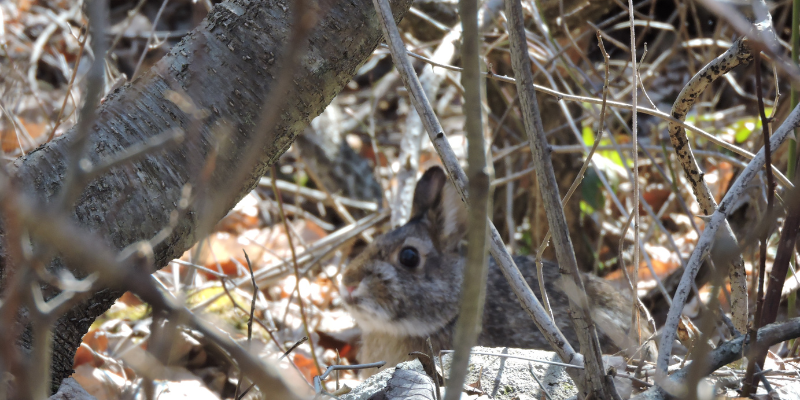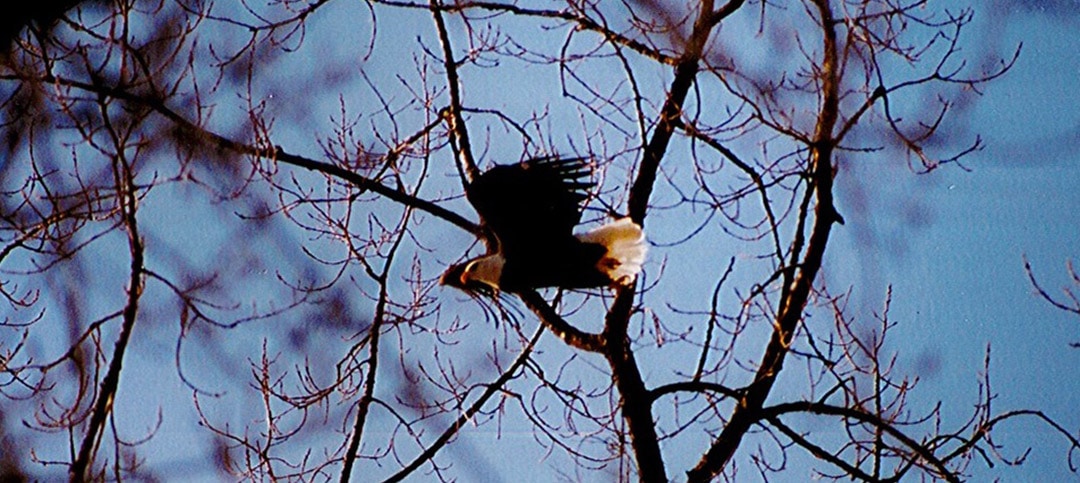Newsletter Subscription
Latest News
Wildlife baby season: if you care, leave them there

Wildlife baby season: if you care, leave them there
“Hello Steep Rock? My cat brought a baby bunny into the house. It doesn’t look injured, but what should I do with it? I think it’s too young to be away from its mother.”
Calls of concern similar to these are happening all across the state during the spring and summer months. People out hiking or working in their yard may stumble upon young animals that may seem to be orphaned, but usually are the young venturing out on their own, learning to survive.
Passerine birds, or birds that perch such as sparrows, robins, and cardinals, learn to fly from the ground up. While their nest may be up in a shrub or high in a tree top, the young jump, get pushed out, or fall to the ground. They may be seen hopping around on the ground or low branches for several days, exercising their wing muscles and learning to search for food. The parent is often nearby, encouraging their youngster to feed and to fly. Youngsters are easy prey for predators during this time, so taking special care to keep your cat or dog away from wildlife in the spring and summer months is important. Also, while hiking our preserves, or any nature trails, do watch for nesting birds or seasonal signage addressing wildlife needs. For example, ground nesting birds utilize the hay field at Macricostas Preserve during the spring and early summer months, so keeping dogs off the field during this critical time will help ensure the birds’ survival.
Many mammals, especially deer and rabbits, leave their young unattended for periods of time. Oftentimes, these young animals are discovered by caring people and assumed to be orphaned. The best recommendation is to leave the wildlife in its place as the mother is likely watching from a safe distance in order to not call attention to her nest or young.
Visit this list of state appointed wildlife rehabilitators if you believe you have found an injured wild animal or one that may truly be orphaned.




